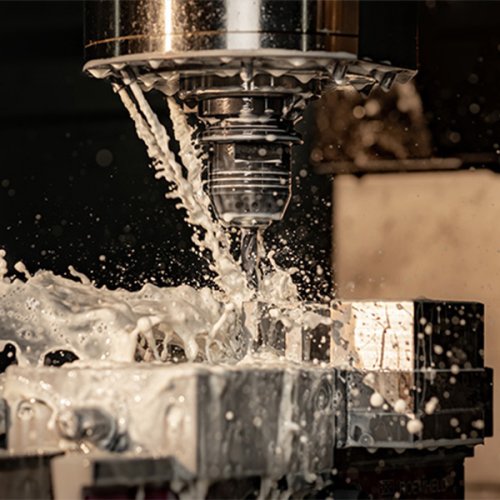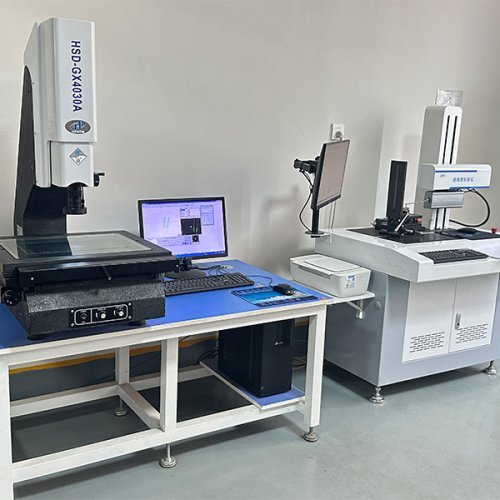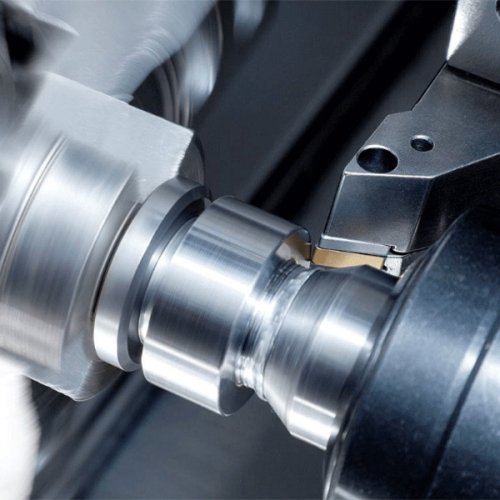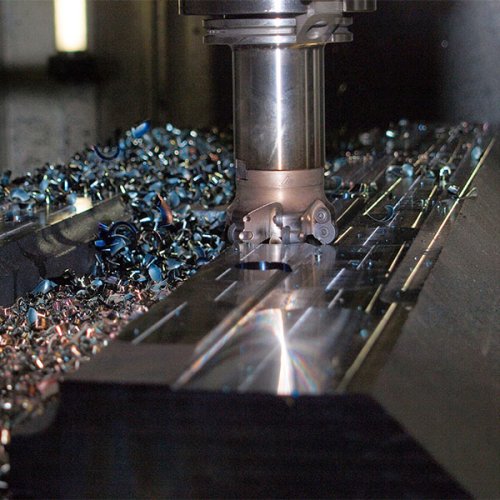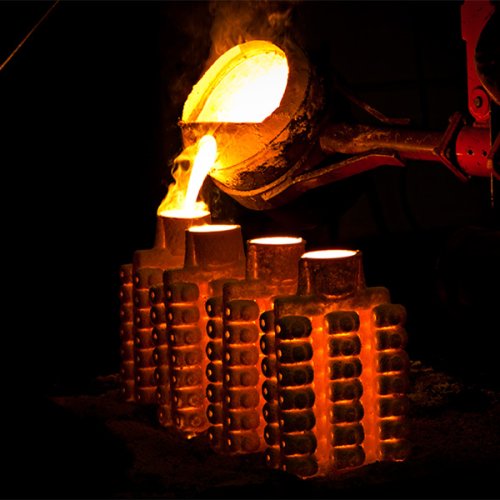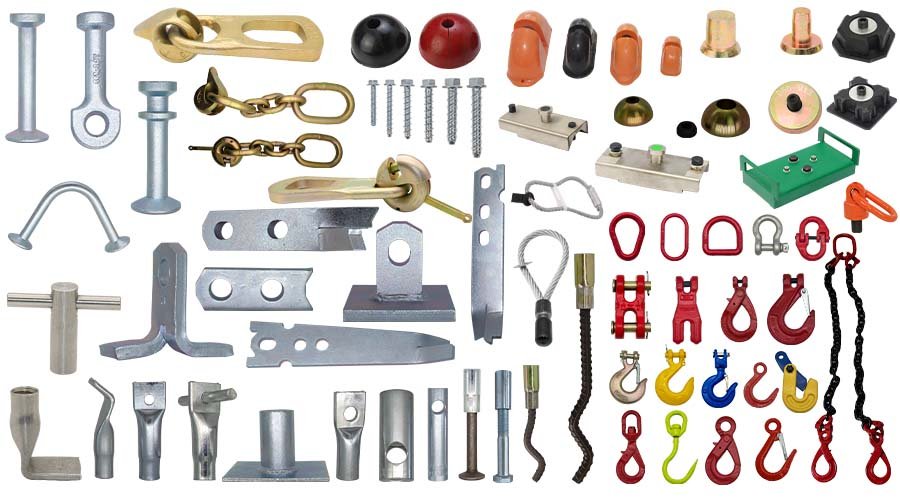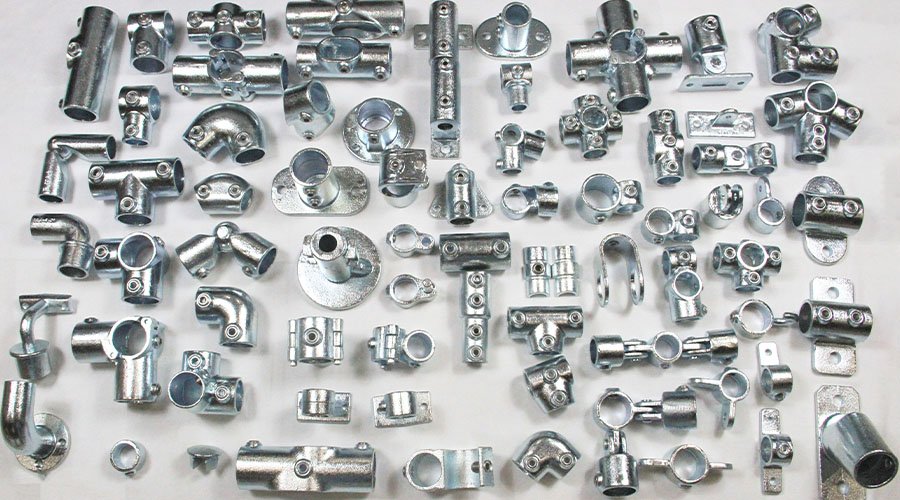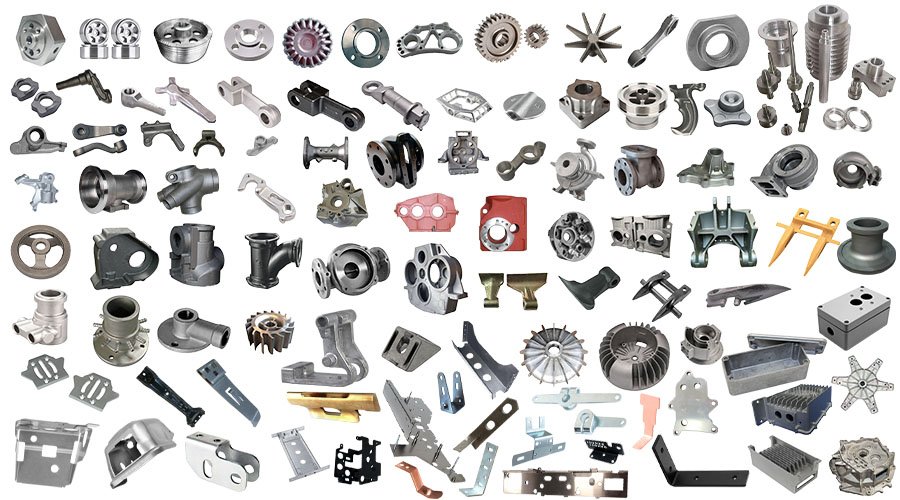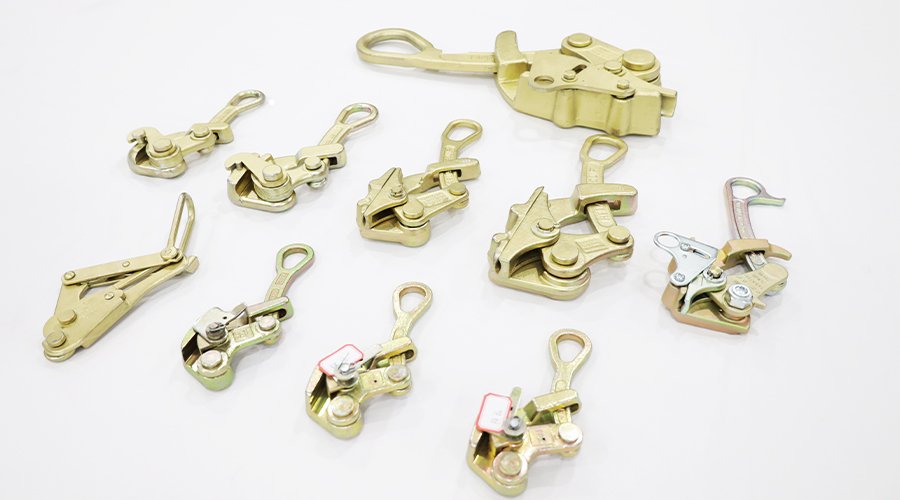Investment casting is ideal for producing complex, high-precision custom metal parts across different industries. Typical products include valve bodies, impellers, turbine blades, pipe fittings, brackets, and decorative hardware. These parts can be made from stainless steel, carbon steel, aluminum, or other alloys to achieve desired strength, corrosion resistance, and aesthetic appeal. With fine surface finish and dimensional accuracy, investment-cast components are widely used in aerospace, automotive, marine, and industrial equipment applications.

 EN
EN RU
RU

